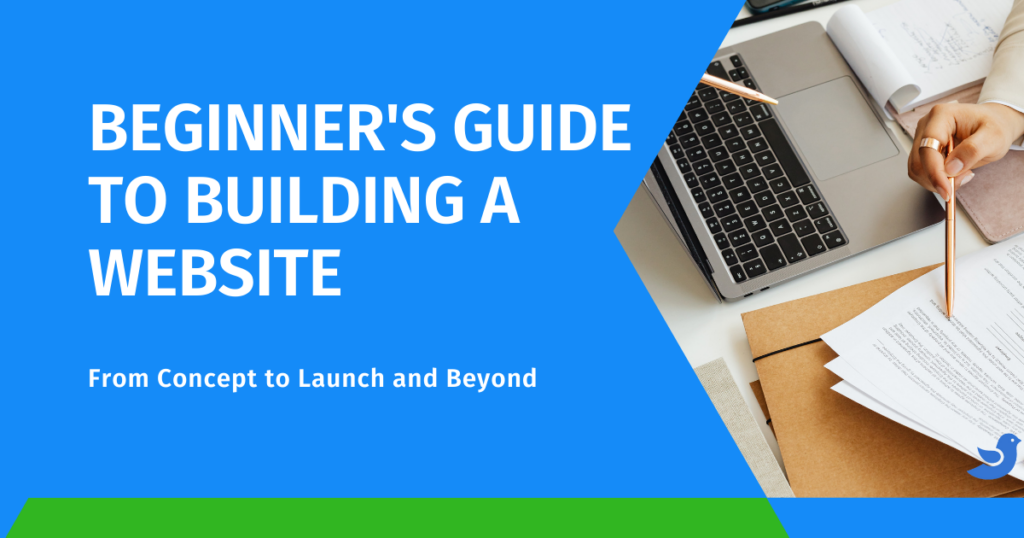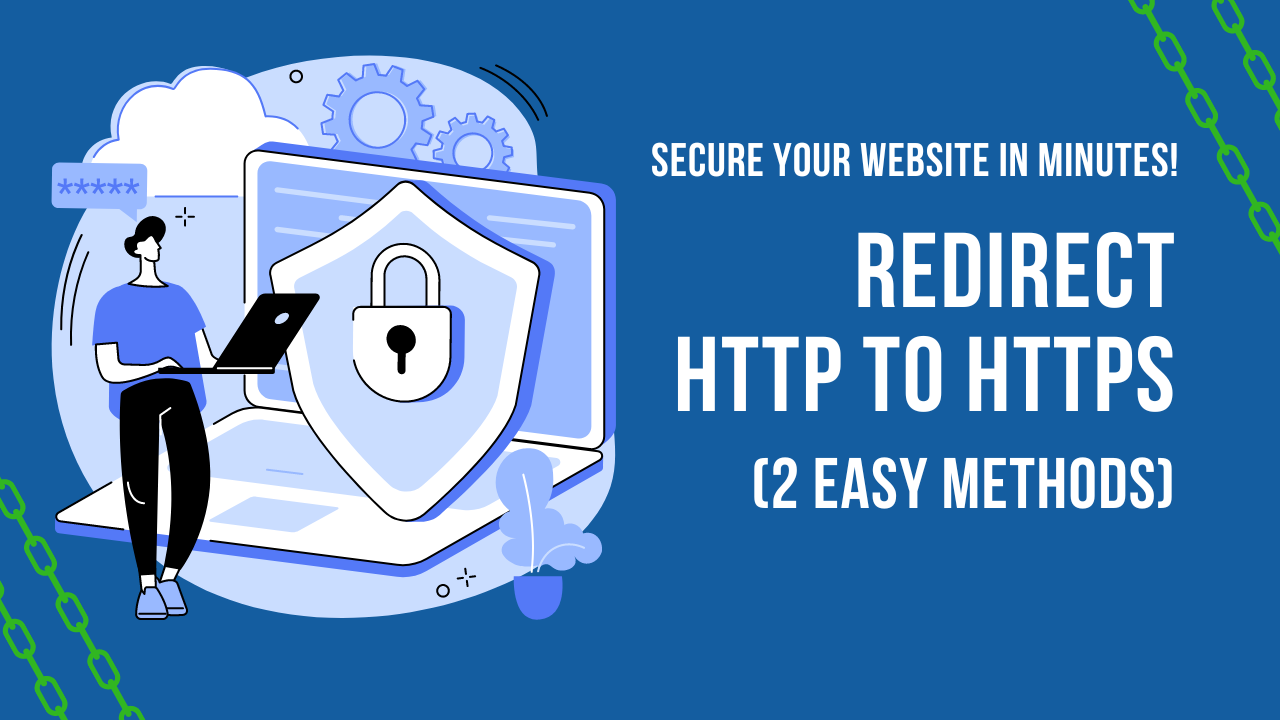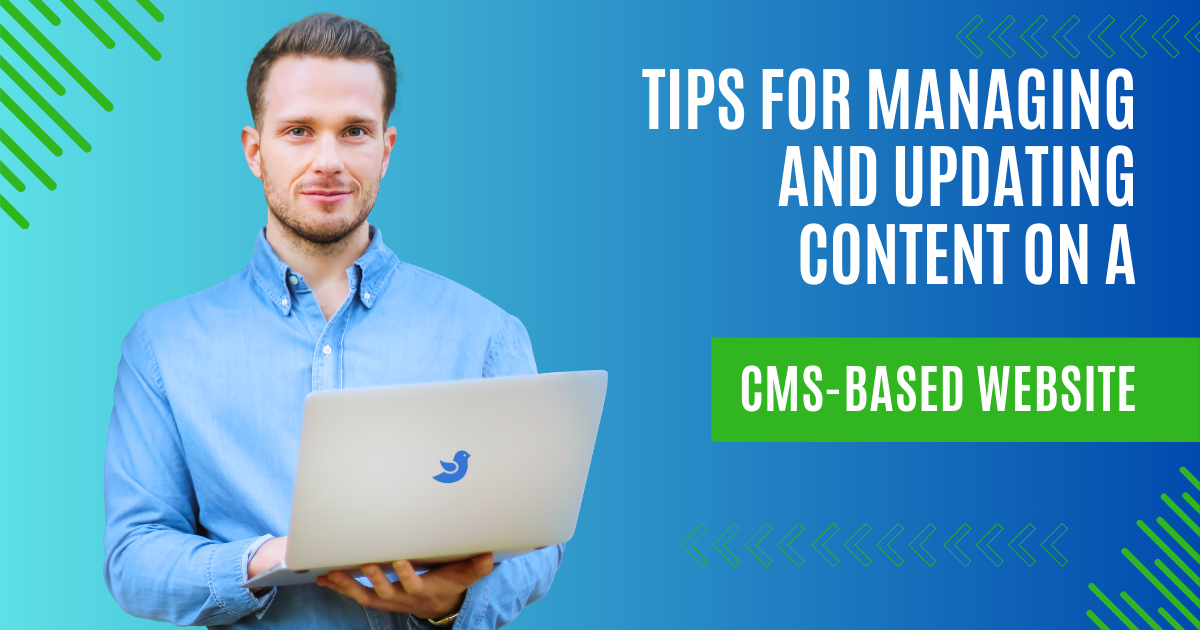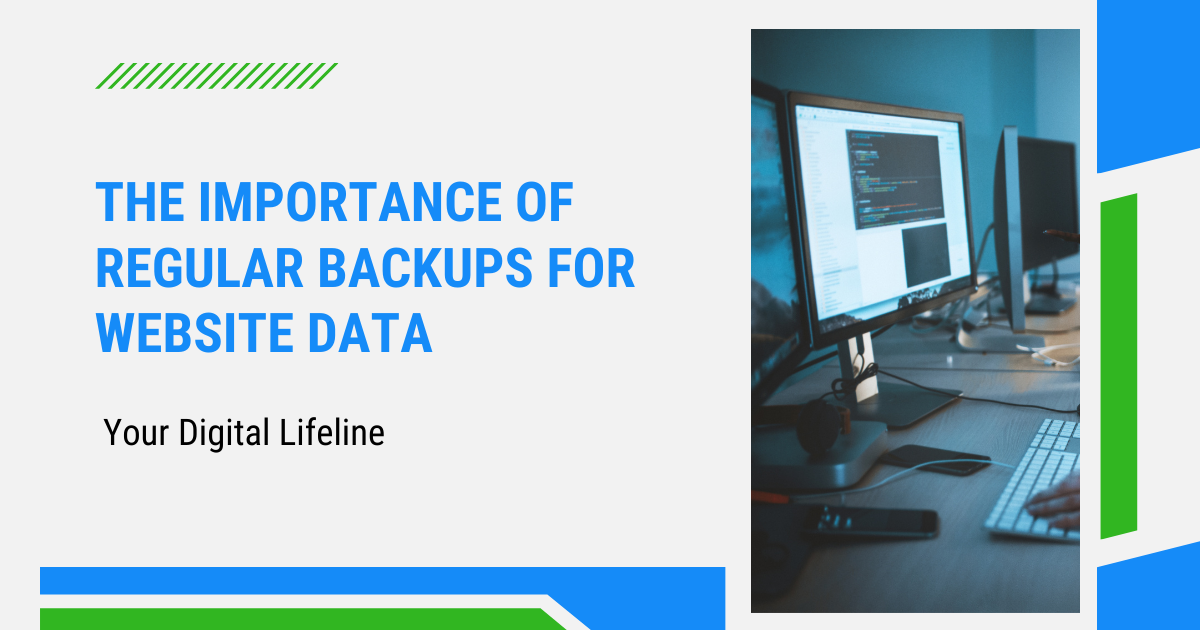Congratulations on taking the exciting first step towards building your online presence! Whether you’re a budding entrepreneur ready to launch your startup, a creative soul eager to showcase your artistic talents, or simply someone with a passion to share with the world. A website is the ultimate platform to amplify your voice and reach your audience.
- Beginner's Guide to Building a Website: From Concept to Launch (and Beyond!)
- 1. Charting Your Course: Define Your Website's Purpose
- 2. Building Your Brand: A Website's Visual Identity
- 3. Choosing Your Weapon: Website Builders vs. Coding from Scratch
- 4. Laying the Foundation: Domain Name and Web Hosting
- 6. SEO: The Art of Getting Found Online
- 7. Launch Day! But It's Not Over Yet…
But where do you even begin in this vast digital landscape? Fear not, fellow go-getter!
Beginner’s Guide to Building a Website: From Concept to Launch (and Beyond!)
This comprehensive guide is your roadmap to success, guiding you through every stage of crafting your website, from the initial spark of inspiration to the exciting moment when you hit that coveted “publish” button – and beyond. So, buckle up and get ready to embark on a thrilling journey of creativity, innovation, and endless possibilities!
1. Charting Your Course: Define Your Website’s Purpose
Before diving headfirst into design and development, take a moment to ponder the core purpose of your website. What story do you want to tell? What kind of experience do you want to create for your visitors? Here are some key questions to consider:
- Website Type: Are you creating a personal portfolio to showcase your skills and experience? An online store to sell your products? A blog to share your knowledge and connect with a community? Identifying your website’s type will guide its design and functionality.
- Target Audience: Who are you trying to reach? Understanding your ideal visitor’s demographics, interests, and online behavior will help tailor your website’s content and tone for maximum impact.
- Goals and Objectives: What do you hope to achieve with your website? Do you want to generate leads, boost brand awareness, or establish yourself as an authority in your field? Having clear goals will steer your website’s development and content strategy.
Once you have a solid grasp of your website’s purpose, you can move on to the next crucial step: crafting a captivating brand identity.
2. Building Your Brand: A Website’s Visual Identity
Your website’s visual identity is its first impression, and you want it to be a good one! Consider these elements to create a cohesive and memorable brand:
- Color Scheme: Colors evoke emotions and set the tone for your website. Choose colors that align with your brand message and resonate with your target audience.
- Typography: Fonts play a significant role in readability and user experience. Select fonts that are easy on the eyes and complement your overall design aesthetic.
- Imagery: High-quality, captivating images can elevate your website’s visual appeal and effectively communicate your brand story.
- Logo: A well-designed logo serves as a visual representation of your brand. If you don’t have one already, consider creating a simple yet impactful logo that embodies your brand identity.
Pro Tip: Explore online design tools like Canva to create stunning visuals and a logo for your website, even if you have no prior design experience.
3. Choosing Your Weapon: Website Builders vs. Coding from Scratch
Now that you have a clear vision for your website, it’s time to decide how you’ll build it. Here are the two main approaches:
- Website Builders: Ideal for beginners with no coding knowledge, website builders offer user-friendly interfaces with drag-and-drop functionality. They often come with pre-designed templates, making it easy to create professional-looking websites without writing a single line of code. Popular website builders include Wix, Squarespace, and Weebly. Content Management Systems (CMS) like WordPress are another option that fall under the website builder umbrella. WordPress offers a user-friendly interface with a wide range of themes and plugins that extend functionality, making it a popular choice for beginners and experienced users alike.
- Coding from Scratch: This approach offers maximum flexibility and customization. However, it requires proficiency in programming languages like HTML, CSS, and JavaScript. This path is ideal for those with a strong technical background or those seeking a highly unique website design.
Choosing the Right Path: Consider your technical skills, budget, and desired level of customization when making your decision. Website builders are a fantastic option for beginners, while coding from scratch offers more control for experienced users.
4. Laying the Foundation: Domain Name and Web Hosting
- Domain Name: Think of your domain name as your website’s address on the internet. Choose a name that is relevant, memorable, and easy to type. Ideally, it should reflect your brand identity and be easy for potential visitors to guess.
- Web Hosting: This is the service that provides the storage space needed for your website’s files and makes it accessible to visitors online. There are many web hosting providers offering various plans to suit your website’s needs and budget.
Pro Tip: Many website builders offer domain registration and web hosting bundled with their plans, making it a convenient one-stop solution for beginners.
5. Building Your Website: Breathe Life into Your Vision
This is where the magic happens! Whether you’re using a website builder or coding from scratch, here’s what to focus on:
- Template Selection (Website Builders): Most website builders offer a wide range of customizable templates to suit different website types. Choose a template that aligns with your brand identity and desired website functionality.
- Content Creation: Craft engaging and informative content that resonates with your target audience. This could include website copy, blog posts, product descriptions, or any other type of content relevant to your website’s purpose. Focus on providing value to your visitors and establishing yourself as a thought leader in your niche.
- Navigation Structure: Ensure your website has a clear and intuitive navigation structure. Visitors should be able to find the information they need easily, without getting lost in a maze of pages.
- Mobile-Friendliness: In today’s mobile-first world, it’s crucial to ensure your website is responsive and adapts seamlessly to different screen sizes. Most website builders offer mobile-responsive templates, and if you’re coding from scratch, prioritize responsive design principles.
6. SEO: The Art of Getting Found Online
Search Engine Optimization (SEO) is the practice of optimizing your website to rank higher in search engine results pages (SERPs) for relevant keywords. This increases your website’s visibility and drives organic traffic. Here are some basic SEO practices to consider:
- Keyword Research: Identify keywords that your target audience is likely to search for when looking for information or products related to your niche.
- Content Optimization: Integrate relevant keywords naturally throughout your website’s content, including titles, meta descriptions, and headings.
- Image Optimization: Optimize image file sizes and include descriptive alt text to improve website loading speed and accessibility.
- Backlinks: Backlinks are links from other websites to your website. Earning backlinks from high-quality websites can significantly boost your website’s SEO ranking.
Pro Tip: There are many free and paid SEO tools available online to help you with keyword research, website audits, and competitor analysis.
7. Launch Day! But It’s Not Over Yet…
Congratulations, you’ve hit publish and your website is live for the world to see! But the journey doesn’t end here. Here’s what to do next:
- Testing and Monitoring: Thoroughly test all website functionalities across different devices and browsers to ensure a smooth user experience. Regularly monitor your website’s analytics to track traffic, visitor behavior, and identify areas for improvement.
- Content Marketing: Create a content marketing strategy to consistently publish high-quality content that attracts and engages your target audience. This could involve blog posts, social media content, email marketing, or other forms of content marketing relevant to your niche.
- Website Maintenance: Regularly update your website with fresh content, fix any broken links, and ensure your website’s security is up-to-date.
Remember: Building a successful website is an ongoing process. By consistently monitoring, analyzing, and adapting your website based on user data and SEO best practices, you can keep your website thriving and achieving your online goals.
Bonus Tip: Embrace the Power of Analytics
Website analytics tools like Google Analytics provide valuable insights into your website’s traffic, visitor demographics, and user behavior. By analyzing this data, you can understand what’s working well and identify areas for improvement. Utilize this information to refine your content strategy, optimize your website’s design, and ultimately, achieve your website’s goals.
Building a website can be a rewarding journey, allowing you to share your passions, establish your brand, and connect with a global audience. By following this guide and embracing the power of continuous learning, you’ll be well on your way to crafting a website that not only looks great but also delivers results!
Also Read:







